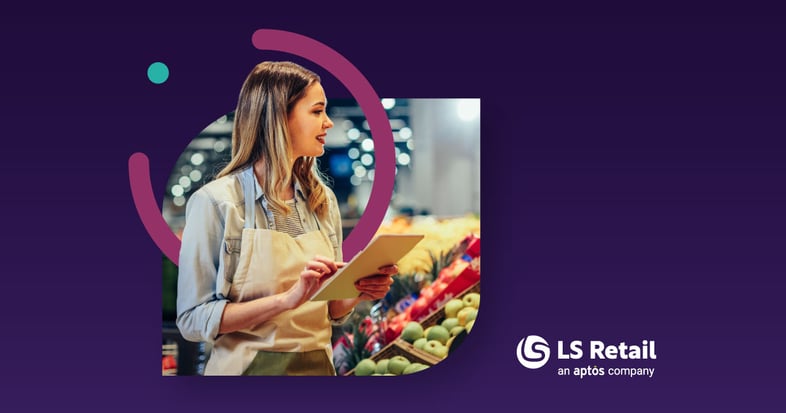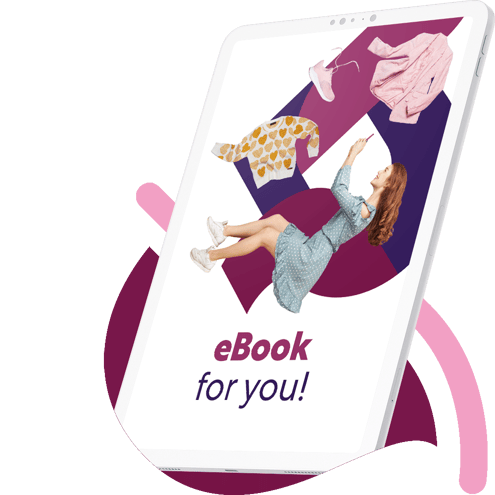
Do you want to increase your sales? Then you must understand your audience. By applying consumer psychology to your sales strategies, you can design more effective marketing campaigns, increasing both sales and customer satisfaction. Here are 15 ways you can use the inner workings of the customer brain to your advantage.
1. Don’t offer too many options
People think they like choice – but too many options can be paralyzing. This is what scientists call the paradox of choice. In a popular study, Iyengar and Lepper (2000) set up two tables in a grocery store. At table A, customers could have a taste from a selection of six jams; at table B, they could choose among 24 different jams. More people stopped by table B, where the selection was larger, but only 3% of them actually bought a jar. On the other hand, almost one third (31%) of the people who stopped at table A bought a jar of jam.
The lesson is limit the flavors, color and brand options you store. If you offer too many alternatives, you may end up selling less (and you’ll be left with a lot of stock to turn).
2. Have a loyalty program…
Loyalty programs are a great tool for retailers: they provide important insights into customer preferences, increase loyalty – and, according to studies, they can also make customers feel happier in your store. In a study by Kivets, Urminsky and Zheng, customers with a rewards card for a café smiled more while shopping, chatted longer with café employees, said “thank you” and left a tip more often than customers who were not part of the program. Perhaps the feeling of being part of a group is part of the reason for these behaviors.
3. …and make rewards easy to obtain
The closer you feel you are to reaching a goal, the more motivated to reach it you get. Researchers Kivets, Urminsky and Zheng divided customers in a reward club into two groups. Group A was given a 10-boxes stamp card, which, when completed, would entitle them to a free coffee. Group B’s coffee card had 12 boxes, but two of the boxes were already stamped. Although both cards required ten purchases to obtain the reward, customers in group B filled up the card faster. The two pre-stamped boxes made them feel, from the start, like they were close to the goal, so they spent more money, faster, to get there.
When you design your loyalty program, leverage this effect to increase participation.
4. Elicit emotions – best of all, nostalgia
Messages with strong emotions are easier to remember and more effective than message that focus on rationality (in other words, “Find your greatness” will be more effective than “Innovative, comfortable footwear”). However, not all emotions are created equal: greed (“Discover why 92% of the Fortune 500 companies choose us”) and nostalgia (“Tastes like the pie gran used to make”), for instance, work really well to make shoppers want to buy. Research shows that when people are feeling nostalgic, they worry less about money, and are therefore willing to pay more for products.
Leverage on this by using pictures and music to create an in-store atmosphere that evokes memories and emotions. Pictures of families, holidays, and retro music are frequently used, and often do the trick.
5. Use items’ popularity to make them even more popular
People tend to copy other people’s behavior, also when it comes to buying decisions. This is a typical shortcut the brain uses to make good choices with minimum effort.
This is the reason why online reviews are so important for sales. A recent study on Amazon.com recently showed that how many reviews a product has is actually more important than the actual rating, meaning that people prefer something that a lot of people have tried over something with perhaps better rating, but which is less popular.
In your store, make sure to underline how popular your products are. If the apple Danish is regularly sold out in the bakery by 10 am, put up a sign announcing when it’s available. If last time a specific glass lamp sold out over a weekend, announce its return underlining that stock might not last long.
6. Personalize, personalize
People pay more attention to stuff when they feel it is relevant to them. For example, our name works as a magic word for the brain, activating various sections at once. However, “personal” can also refer to anything we are interested in –a sport we follow regularly, our favorite band, or the name of a city we have recently visited.
In your retail business, you can use the loyalty program to gain intelligence around customers’ actions, and use the data to optimize and personalize communications, products and offers. In-store, your best sales people will know how to make consumers feel special – including using their name.
7. Be polite – unless you sell luxury items
Surprisingly, research has shown that in high-end stores, snobby staff can increase sales. This effect (which doesn’t apply to mass-market brands, and only seems to work in high-end boutiques) appears to be related to people’s aspiration to be part of a prestigious in-group. So, if you run a luxury store, you may allow your sales representative to act as if they hadn’t yet had their first coffee of the day. For all other retailers, better stick to tried-and-tested smiles and politeness.
8. Mimic your customers’ language
When talking to customers, try using the same phrases and body language they use: you will increase the chances they will buy from you. Due to the “mirroring effect,” we tend to feel stronger affinity to people we perceive similar to us.
This trick can also be used to defuse difficult situations. If a customer says “I am very angry”, it’s better to acknowledge them using the very same words (for example, you could say “I understand why you are very angry, let me try to help”) instead of using different words, such as “I am sorry you feel upset”.
9. Let customers touch the merchandise
According to a Caltech study, consumers are willing to pay more for items if they can see them and touch them. The sensory experience is so important that the longer people spend looking and holding products, the more money they are willing to pay for them. This is great news for brick-and-mortar stores – as long as they don’t believe in the severely outdated “Do not touch the merchandise” attitude.
10. Appeal to the feeling of exclusivity
People value things differently depending on how common they perceive them to be. The rarer a product, service or opportunity, the more valuable it appears. Martin Lindstrom, author of "Buyology: Truth and lies about why we buy," found that he could increase the sales of canned soup simply by adding the sentence “maximum 8 cans of soup per customer”. People bought more cans even if the soup was at the same price as the day before.
To trigger the feeling of scarcity, point out in your stores or on your eCommerce site whether items are available for a limited time only, and if specific products will go off the shelves soon.
11. Give free samples
Receiving something for free makes people feel special, and makes them want to return the favor. In his book “Influence: The psychology of persuasion”, Dr. Robert Cialdini reports how one waiter increased his tips by 3% offering diners a mint after dinner. When he offered two mints, tips went up 14%.
Give shoppers a small freebie – it can be as inexpensive as a cookie or a sticker – to make them feel good, and increase the chances they will buy from you.
12. Add a really expensive option to sell a middle-of-the-road one
People like to think they make smart purchasing decisions. Most customers want to get good value for money, but don’t want to go for the cheapest, most basic option available.
You can leverage this attitude to increase sales of specific items. The trick is to add a very expensive alternative in the same product category. If the three riding lawnmowers you sell cost $2,000, $4,000 and $11,500, chances are most buyers will buy the middle-of-the-road product – after all, it must be better than the one that’s half the price, while still seeming affordable and a good bargain compared to the highest-priced one.
13. Use the right sounds and scents
The background music you play in your store can influence not only how much people spend, but also what they buy. Stores playing jazz or classical music are perceived as more sophisticated – and customers stepping in are open to spending more than when they enter stores playing pop or rock music. In a famous experiment, customers in a wine store were more prone to buy French wines when French music was playing. When German music was playing instead, people bought more German wines. Hearing is not the only sense that affects our spending habits: researcher Martin Lindstrom found that smell of apple pie led to a 23% increase in sales of ovens and fridges (both items related to food prepping and storage) in an appliance store.
14. Put popular but inexpensive items by the entrance
Once people have made a purchase, no matter how small, they are more likely to buy more items, psychology says.
A smart way to use this effect is to place low-price, popular products – like candy or newspapers – by the cash register. This kind of items, which most customers buy without having to think about it for long, is particularly suitable for small, last-minute impulse buys.
15. Offer surprise rewards
Surprise rewards work like a charm: they can make people happier and more positive towards you. Expected rewards, however, are not as effective, and may even lead to lower levels of happiness. To make your customers happy, send them surprise coupons or deals. Avoid, though, running repeated promotions, such as offers valid every Thursday.
Knowing how our brains work, and what makes us tick, can help make your sales strategy more effective. Make sure that you use the right approach for your industry and target market, and that you always combine these strategies with great customer service.

